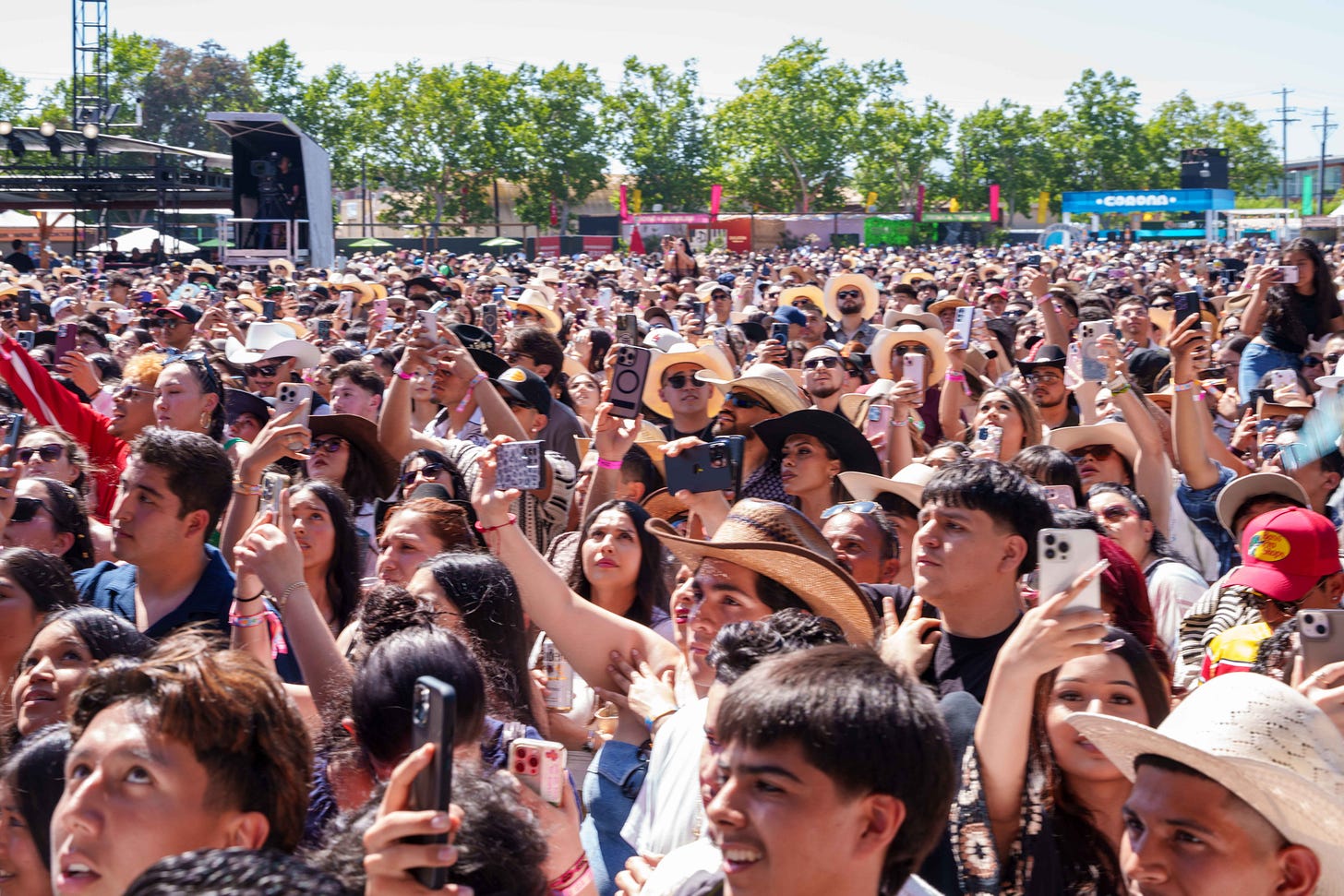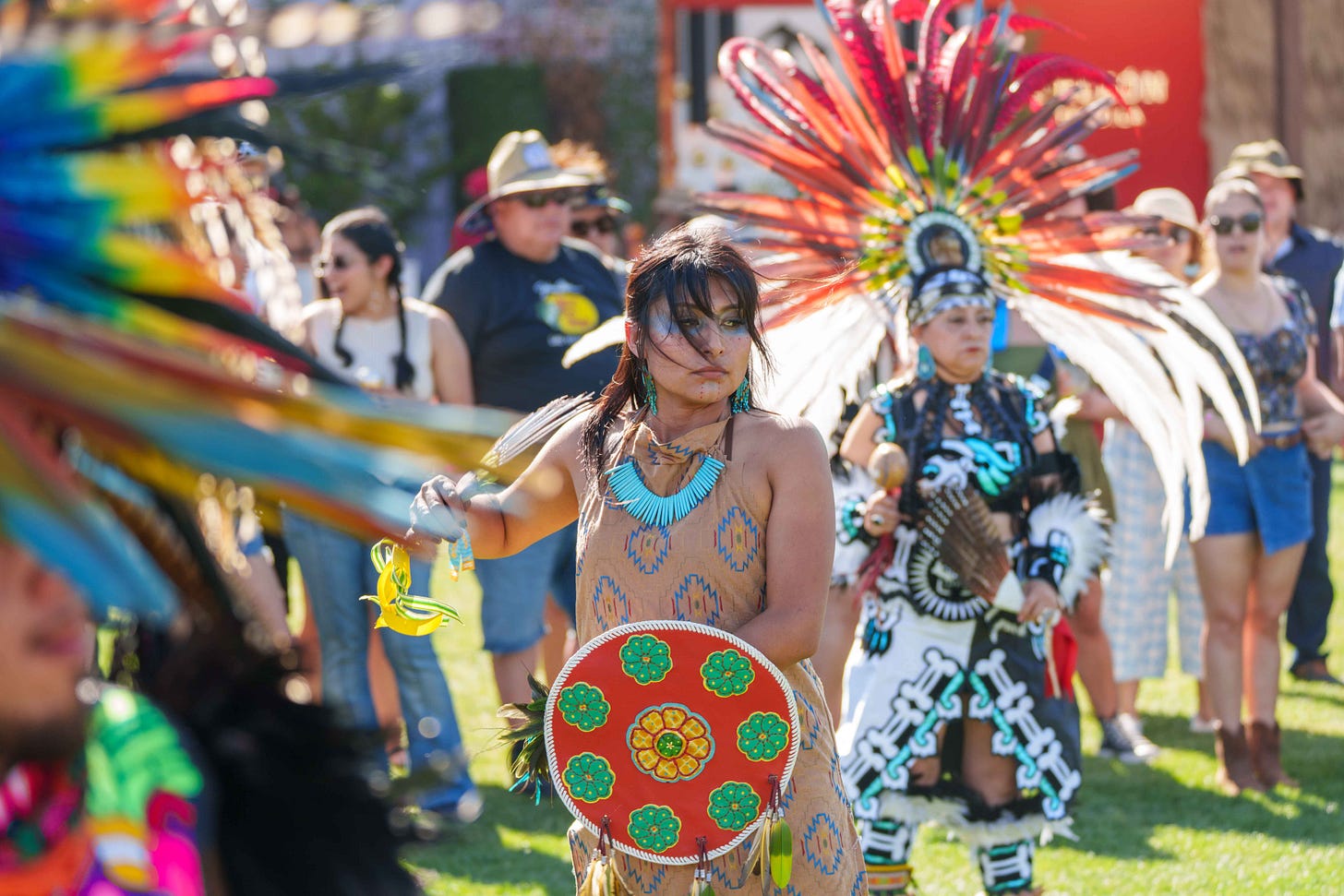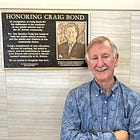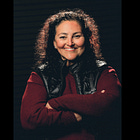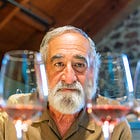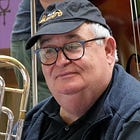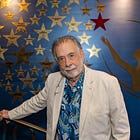NAPA VALLEY, Calif. — Just a week after BottleRock wrapped with its signature blend of celebrity chefs, classic rock and high-end wine pairings, the Napa Valley Expo transformed again. This time, the sounds were different. Trumpets, tubas and accordions pulsed through the fairgrounds. Families moved between stages, food and drinks in hand. A few children wore full-face Lucha Libre masks.
La Onda had returned.
Now in its second year, the regional Mexican and Latin music festival drew thousands of attendees per day on May 31 and June 1, according to event organizers. Produced by the same team behind BottleRock, La Onda is not a spin-off — it’s something altogether different: younger, more family-centered and firmly rooted in the growing cultural footprint of Napa’s Latino communities.
That footprint has grown steadily over the past two decades. In 2000, about 24% of Napa County identified as Hispanic or Latino. By 2010, it was 32%. The 2020 census placed the figure at 35.4%, and recent estimates suggest it’s now just under 36%. Statewide, the pattern is even more pronounced — Latinos became California’s largest ethnic group in 2014 and now account for more than 39% of the population. That demographic growth is increasingly reflected in the region’s cultural calendar, and La Onda is part of that shift.
A Stage for What Was Missing
“This is actually one of the biggest regional Mexican music festivals in Northern California,” said Eric Madriz of Wine Country Radio, based in Santa Rosa, who has covered music events in the region for more than a decade. “Southern California has had them for a while. LA’s had places like the Bésame Mucho Fest. But up here? Until last year, we didn’t really have anything like this.”
La Onda’s debut in 2024 drew critical interest. This year, it solidified its voice.
The 2025 lineup showcased a wide range of artists across multiple genres. On Saturday, the Verizon Stage featured Banda MS, Marco Antonio Solís and Tito Double P, who stepped in as a last-minute replacement for Grupo Firme after the band was forced to cancel, reportedly due to U.S. visa issues. Solís, widely regarded as a legend, performed in front of an audience that spanned three generations.
On Sunday, Carín León, Ángela Aguilar and Yuridia drew large crowds. Artists such as Chino Pacas, Xavi and Los Aptos offered younger fans their own anthems. DJs like Súbelo Neo and Mexican Institute of Sound filled the spaces between sets with electronic and remixed rhythms.
“There’s corridos, banda, cumbia, even some EDM energy,” Madriz said. “It’s amazing to see how far this music has come. A few years ago regional Mexican music wasn’t getting this kind of recognition. Now it’s international.”
A Family Affair
One of the more notable differences between La Onda and BottleRock is demographic.
At La Onda, strollers were rare, but school-age kids were everywhere. Many wore authentic Lucha Libre masks, not as novelty items but clearly brought from home. Several families arrived early to claim front-row spots for wrestling matches or music sets.
“This is our second La Onda,” said Milli Pintacsi, founder of Le Petit Elephant, a Napa-based preschool. “We’ve been to 10 BottleRocks, too. But this — this is different. The vibe is more family-oriented. You get two different worlds at the same place, a week apart.”
Her children wore the same Lucha masks they had sported the year before, and her husband, Robert Pintacsi, stood nearby. Robert is a local winemaker behind St. Romedius Wine, a boutique label that produces about 800 cases a year.
“We make wine from all over — Napa, the Sierra foothills, Contra Costa,” he said. “It’s a fun project. I don’t think I make enough to pour here, but who knows? Maybe someday.”
Milli’s comments about the festival’s atmosphere echoed what many attendees described: less corporate, more familial; less polished, more fun-focused.
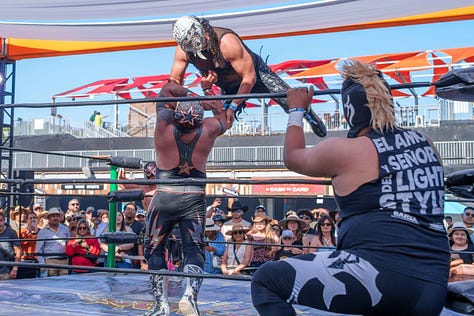
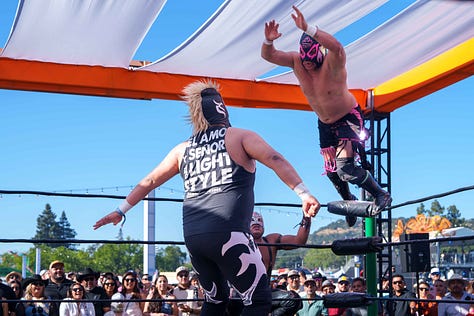
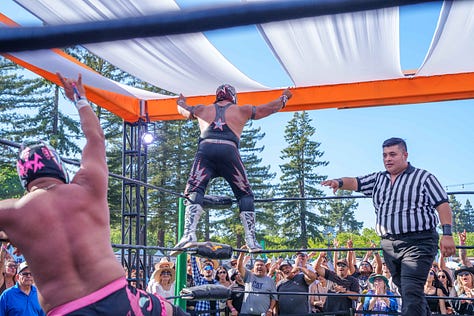
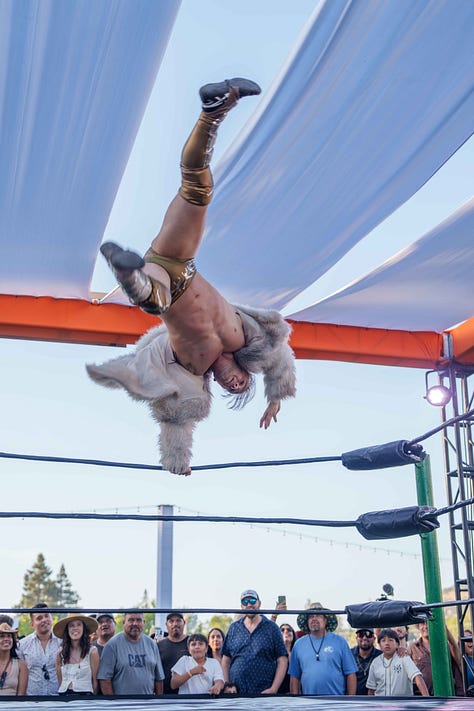
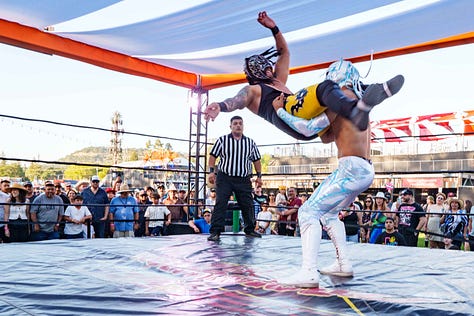
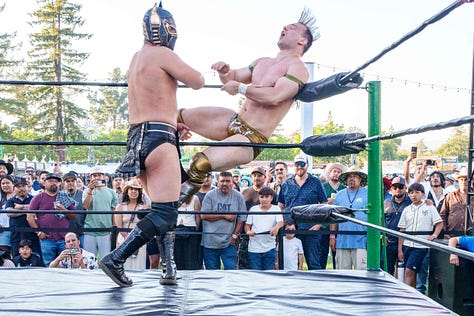
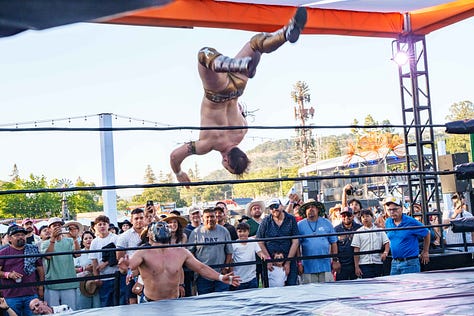

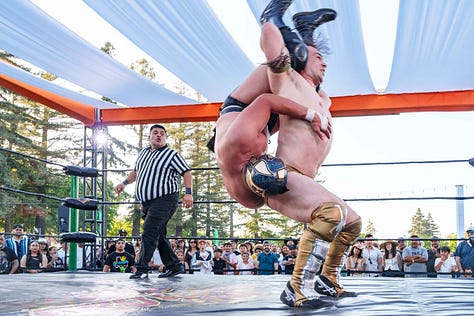
Wrestling, Dancers and the Masked Middle Ground
The Lucha Libre ring sat in a central area of the Expo, drawing consistent crowds throughout the weekend. Inside the ropes, masked wrestlers dove from corners, taunted the crowd and played their roles to perfection. Off to the side, referee Johnny Lopez, who goes by the name “Waffles,” kept the chaos in check.
“One match really got the crowd going,” Lopez said. “They were yelling, booing, cheering. There’s always a good guy and a bad guy. It’s part of the system. The crowd is part of it.”
The Pintacsi family watched ringside while eating nachos and sipping iced drinks.
“They love the luchadores,” Milli said. “We got there early — they wore their Lucha masks again this year. That’s what they’re all about.”
Their children stayed close, occasionally adjusting their masks as the action played out a few feet away.
Nearby, Aztec dancers in full regalia offered a slower, more ceremonial kind of spectacle. Their presence marked a historical layer to the event — linking contemporary music with deeper Indigenous and cultural traditions.

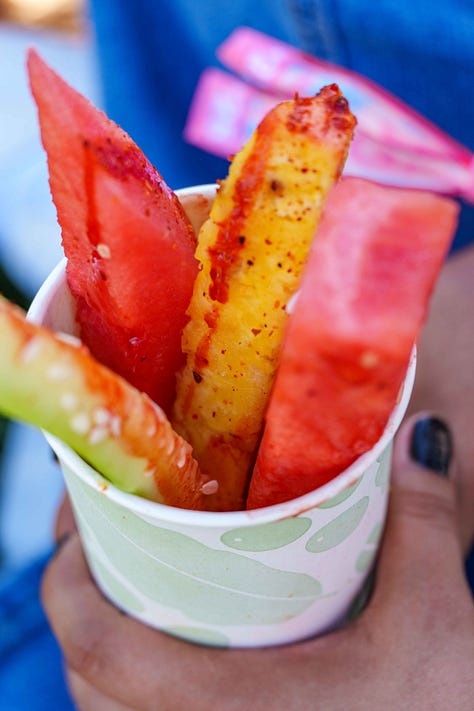

Food That Told a Story
If BottleRock prides itself on its fine-dining pop-ups and wine pairings, La Onda offers something just as memorable — food with cultural weight.
A standout vendor, Baja, served citrus-forward ceviche topped with crisp vegetables. Fruit cups — towering spears of mango, pineapple and cucumber — were seasoned with chamoy and hot sauce. Long lines formed at churro stands. Tortas, tacos, paletas and agua frescas were easy to find, with more than 60 food vendors spread across the fairgrounds.
Among the favorites were the tapatias who served up mango on a stick, tostilocos, and vibrant aguas frescas in rotating flavors such as cucumber-lime and pineapple. Just down the way, La Taquiza dished out Baja-style shrimp and fish tacos wrapped in handmade tortillas, dressed with crema and fresh lime.
“You don’t have to know the music to enjoy the atmosphere,” Madriz said. “Same with the food. If you’ve never had a fruit cup like that — now you have.”

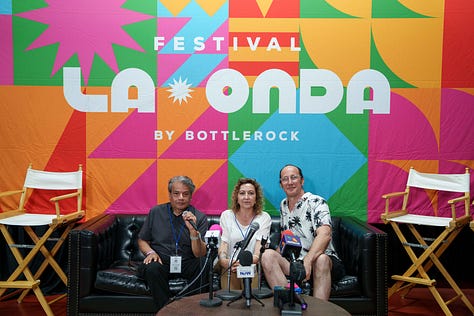
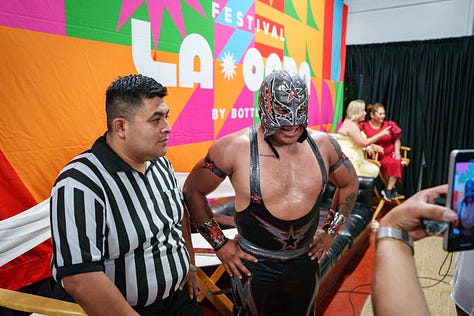
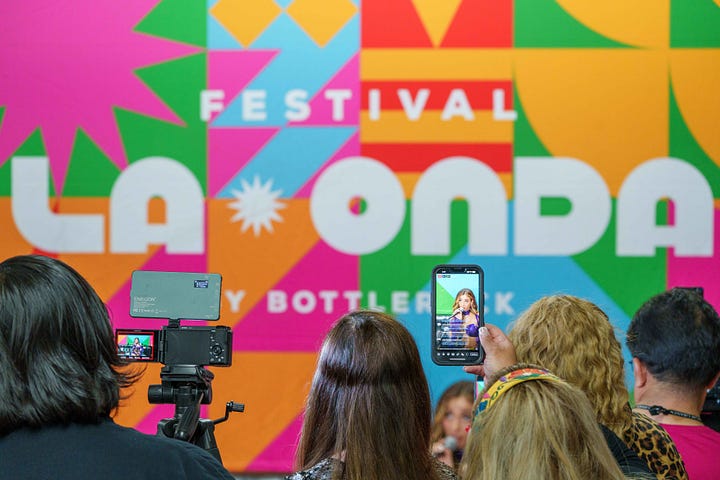

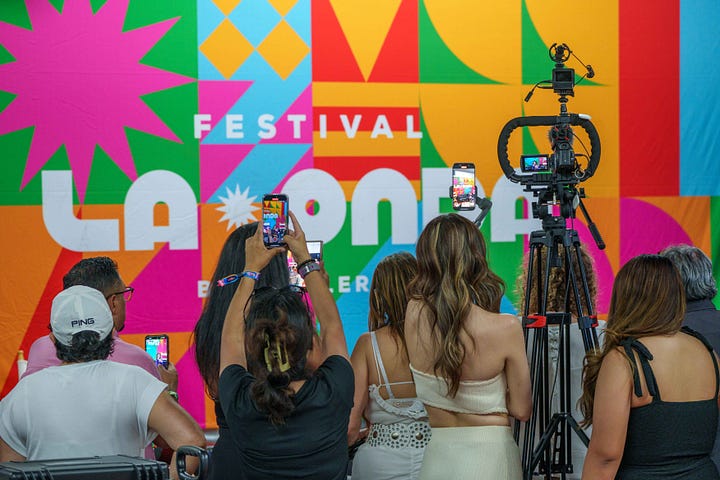
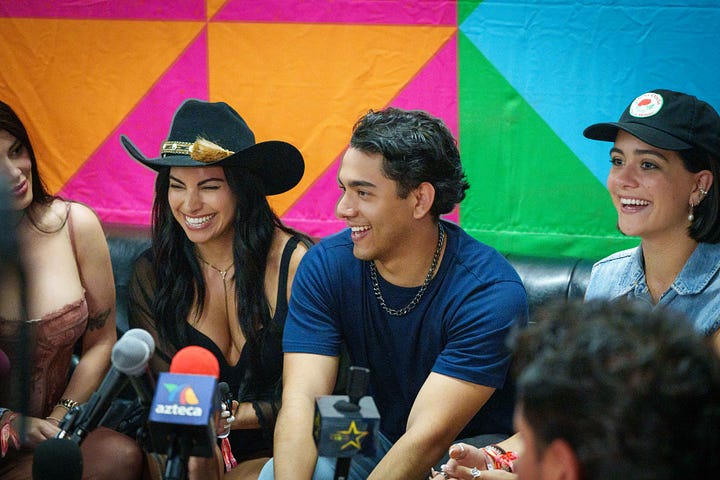
Voices on Stage and Off
Several artists brought a more personal tone to their sets at La Onda 2025. Among them was Alison Solís — daughter of Marco Antonio Solís — who performed under her own name. Alison’s music stood out for its modern, electronic textures, blending pop, R&B and subtle Latin influences. Her set leaned more toward contemporary and ambient pop sounds than traditional Latin styles, showcasing her unique artistic identity and willingness to experiment beyond her family’s musical legacy.
“She’s vegan, very talented and poised,” said Ronny Joe Grooms, program director at KSVY Sonoma 91.3 FM. “It’s not just her father’s legacy — she’s doing something distinct and different.”
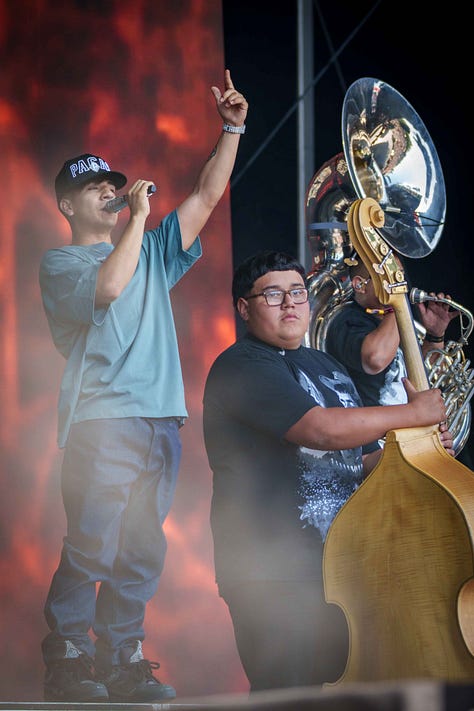
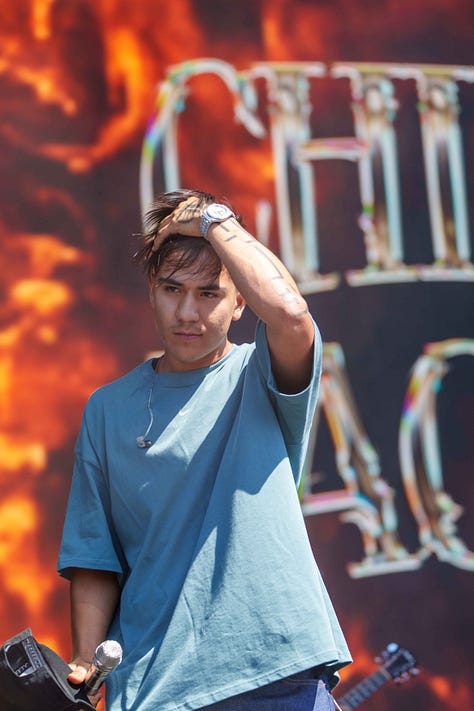

Alison’s sister, Marla Solís, also performed. In an interview, she spoke about her lifestyle as a pescatarian and how it informs her creative process.
“I saw a few documentaries,” Marla said. “My sister’s a vegan — very healthy, into holistic remedies. I realized that what we consume affects who we are. It changed how I see food and performance.”
For some in the crowd, their presence added a generational bridge between tradition and experimentation — a live reminder that Latin music, like any art form, evolves.
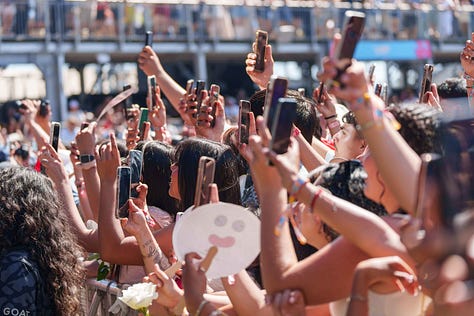
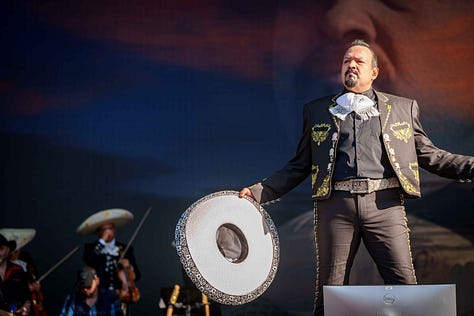
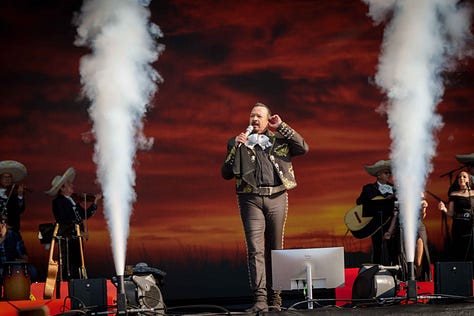
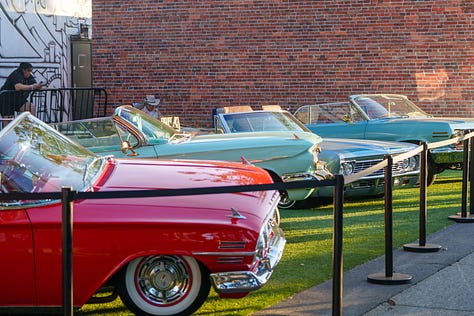
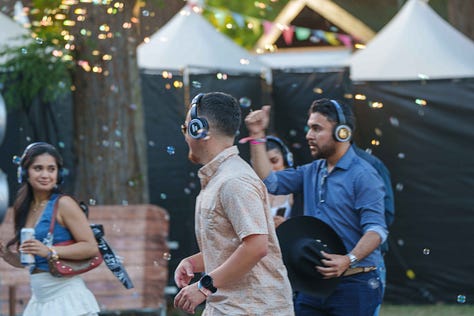
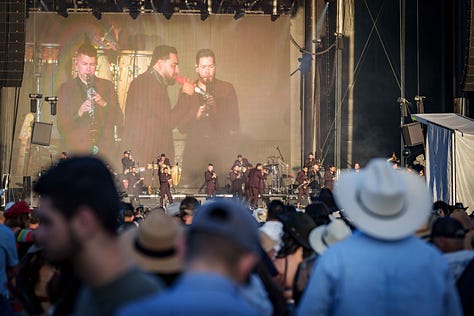

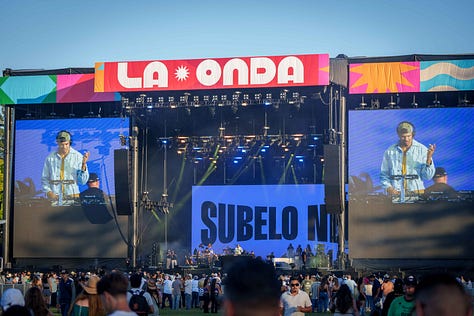

The Bigger Picture
From a programming standpoint, La Onda is part of a larger movement: Regional Mexican and Latin music genres now occupy major slots at festivals that once ignored them. Artists such as Peso Pluma, Natanael Cano, Bad Bunny and Fuerza Regida have helped shift that visibility nationwide. Even Coachella now includes corridos and cumbia on its stages.
“You’re seeing hip-hop festivals start to bring in regional Mexican artists,” Madriz said. “It’s a real shift.”
La Onda, at least in Napa, appears poised to serve as the anchor event for this trend in Northern California.
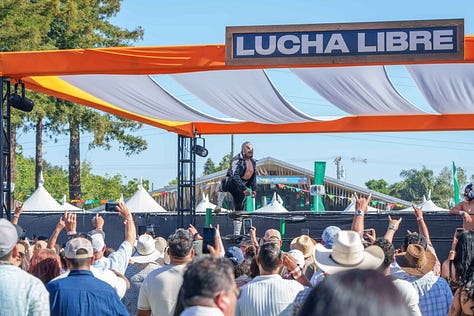

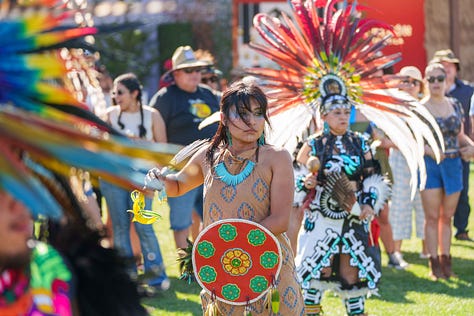

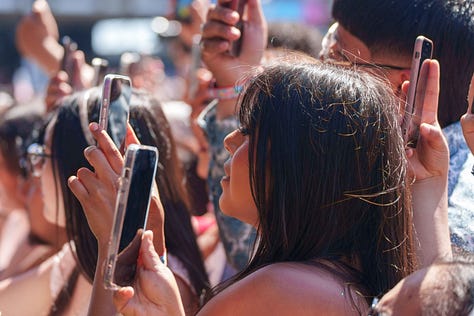

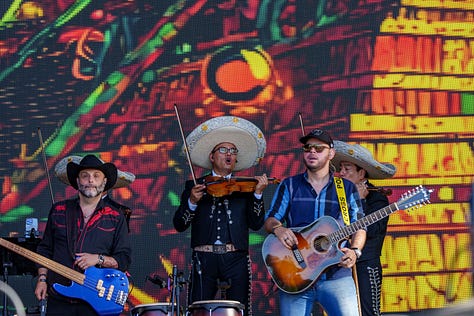
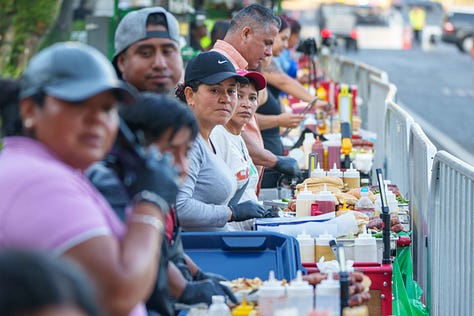

Looking Forward
“This year was so much bigger than last year,” Milli said. “I think it's just going to continue to grow.”
Organizers have confirmed that La Onda will return in 2026, scheduled again for the weekend after BottleRock. For now, its success this year might help challenge assumptions about what kind of music belongs center stage at a Napa Valley festival.
By early evening on Sunday, older couples danced near the Verizon Stage while younger fans angled for selfies. Children in oversized boots and replica masks trailed their parents through the food stalls. Music poured over the fairgrounds in multiple directions — some of it familiar, some of it still being discovered.
“We didn’t grow up with a festival like this,” Milli said, watching her kids adjust their Lucha masks. “But now our kids will.”
--
Tim Carl is a Napa Valley-based photojournalist.





